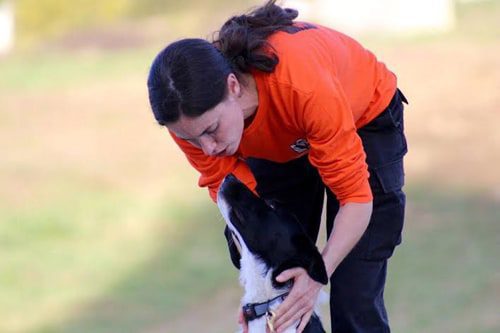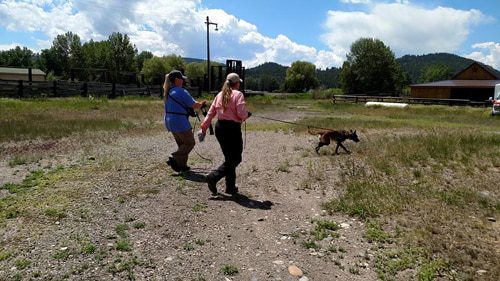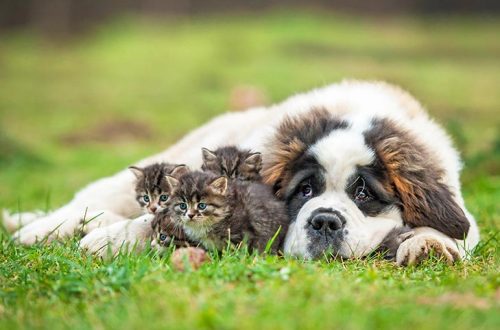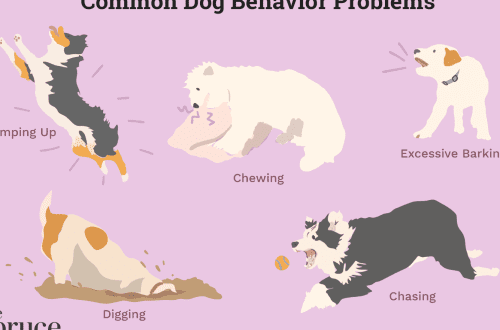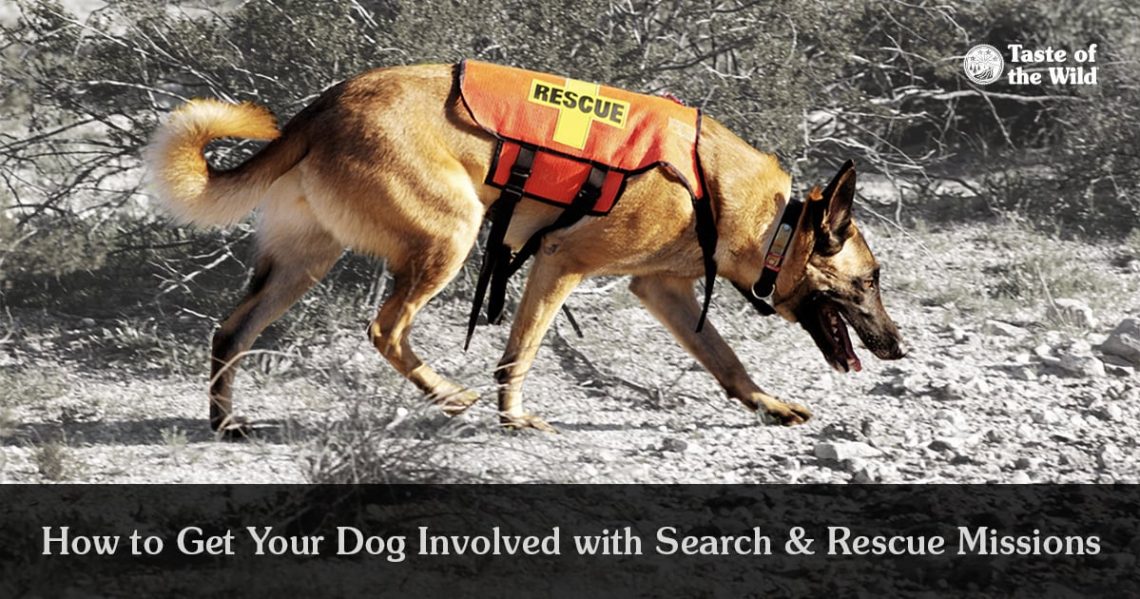
What Do Search and Rescue Dogs Do?
When someone goes missing, very often a search and rescue dog plays a vital role in providing timely assistance. In general, canine search and rescue teams are used all over the world to overcome obstacles that are beyond the control of humans. According to the NOVA program, dogs can smell and move much better than any human. Their hypersensitive perception is critical to finding victims. Search and rescue dogs are trained to find people who are lost in the wilderness, avalanched, drowning, or stuck under the rubble of a collapsed building. Rescue dogs are better than people in the mountains. They may specialize in searching for living people in the hope of saving them, or assisting law enforcement by discovering human remains.
What is search and rescue?
It takes the right dog and handler to build a successful search and rescue team. And then there are passionate people who love dogs, train them, and then reveal the potential of their wards in difficult life situations. Rescue dog breeds can be completely different.
Mara Jessup of the Michian Search Dog Association has two Border Collies, Kenzi and Colt. True to their breed, Kenzi (age seven) and Colt (two) have wanted to go into business since birth. (These are traditional herding dogs. Intelligence, stamina and an instinctive desire to please the owner make them easy to train.)
Kenzi and Colt are trained to find living people in the wilderness and in various disasters. “Search and rescue is at least 95 percent of the training and maybe 5 percent of the actual searches. But being ready when you need it is worth training for,” says Mara.
Colette Falco, another search and rescue dog owner, echoes Mara’s thoughts. She works with the Maricopa Canine Search and Rescue Squad, which is part of the Maricopa County Sheriff’s Office in Arizona. Her two-year-old Belgian Malinois, Kaya, is looking for human remains. “It simply means that she is trained to look for and alert to the presence of human remains,” explains Colette. “She has already helped many families draw a line in the search for loved ones who went missing and, unfortunately, did not survive.” And although this is a somewhat negative result, the use of canine search and rescue teams allows families to find peace after the tragedy.
Continue in the same spirit
Search and rescue dogs are invaluable when it comes to finding lost and trapped victims. Indeed, Mara and Colette agree that canine search and rescue teams have a much higher success rate than humans searching alone. “This is due to the acute sensitivity of a dog’s nose to smell and the ability to remember and recognize smells,” says Colette.
Mara agrees, adding: “They use their nose instead of their eyes, and if the wind is right, they can pick up a human scent over ninety meters away, trace it to a person, and alert their guide. They also move faster than humans and can cover a large area much faster.”
The dogs also have the ability to tack and move through tight spaces, letting their handlers know where search and rescue teams need to focus their efforts. Their ability to get into those narrow crevices, such as the rubble of a collapsed building, helps them find people in need of help without entering areas where it might not be justified, unlike a person who would try to find someone there. The arrival of a rescue dog can bring a sense of peace to people stuck in rubble. This is a sign of hope for them that help is on the way.
Canine search and rescue teams not only prepare for possible disasters, but also demonstrate their skills to the public to show the value of service dogs. Real rescue work is often left behind the scenes, but their contribution to society must be shown in close-up.



